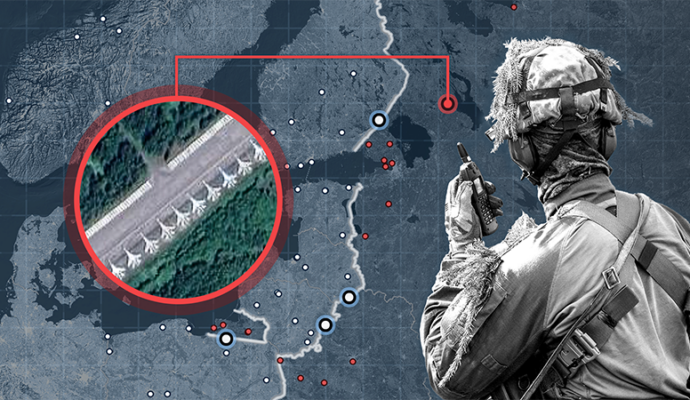
Positioning the hard-to-track submarines closer to seas near China, Japan and the Korean Peninsula could be a powerful deterrent against China’s military, said Drew Thompson, a former Pentagon official responsible for relations with China.
“The Middle East wars have ended,” said Mr. Thompson, now a visiting senior research fellow at the National University of Singapore. “We are in an interwar period, and the next one will be a high-end, high-intensity conflict with a near-peer competitor, probably involving China, and most likely in northeast Asia.”
After condemning the submarine agreement last week, the Chinese government has said little else. But China’s leaders and military planners are sure to consider military and diplomatic countermoves, including new ways to punish Australian exports, already hit by bans and punitive tariffs as relations soured in the past few years.
Beijing can also accelerate efforts to develop technologies for finding and destroying nuclear-powered submarines well before Australia receives them. Most experts said a technological race was more likely than a generalized arms race. China’s output of new naval ships and fighter planes is already rapid. Its anti-submarine technology is less advanced.
Nearer term, Chinese officials may step up efforts to marshal regional opposition to the submarine plan and the new security grouping, called AUKUS, for Australia, United Kingdom and United States.
“If you’re China, this also makes you think, ‘Well, I better get ahead of this,’” said Elbridge Colby, a former deputy assistant secretary of defense in the Trump administration. He said: “If Australia takes this big step, then Japan could take a half step, and Taiwan takes a half step, and then India and then maybe Vietnam.”

